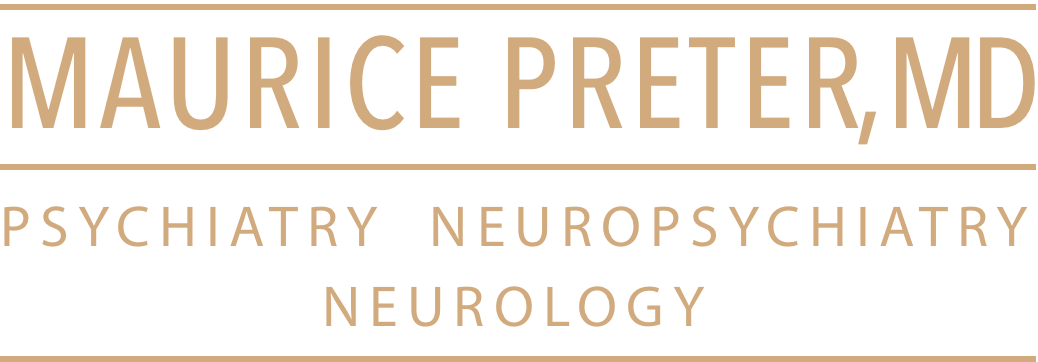Tag Archives: medically unexplained symptoms
Autoimmune disease, inflammation and the brain
Went to a fabulous lecture by Dr. Souhel Najjar on autoimmune encephalitis this morning. As a reminder, bad relationships (including with one’s self-image etc.) can also cause/contribute to inflammatory burden. Below is a well-informed and written piece on Anti-NMDA-receptor encephalitis … Continue reading
Association of Childhood Adversities and Early-Onset Mental Disorders With Adult-Onset Chronic Physical Conditions
Important paper on childhood adversities an adult-age chronic medical conditions, published just before our study on endogenous opioid dysregulation after early childhood adversity in psychiatrically and physically “healthy” adults. Archives of General Psychiatry August 2011, Vol 68, No. 8 > < Previous ArticleNext … Continue reading
Maurice Preter MD and Donald F. Klein, MD, DSc: Lifelong opioidergic vulnerability through early life separation: A recent extension of the false suffocation alarm theory of panic disorder.
“[…W]e objectively, experimentally showed a physiological link between endogenous opioid system deficiency and panic-like suffocation sensitivity in healthy adults. This is consonant with the expanded Suffocation-False Alarm Theory of panic suggesting an episodic functional endogenous opioid deficit (Preter and Klein, 1998). The specificity of the naloxone + lactate model of clinical panic should be tested using specific anti-panic components, possibly including opioidergic mixed agonist-antagonists such as buprenorphine. If specific, the naloxone + lactate effect in normal humans affords a screening method for testing putative anti-panic drugs which is currently not available. This could obviate the experimental treatment of panic disorder patients in drug development.
Our data also show for the first time that actual separations and losses during childhood, such parental death, parental separation or divorce (CPL), effect lifelong alterations in the physiological reactivity of the endogenous opioid system of healthy adults.
This result encourages epigenetic inquiry into the effects of CPL on endogenous opioid systems, and their role in resilience under extreme stress. In addition, a redefinition of what constitutes a (truly) healthy control in clinical research protocols may be called for.” Continue reading
